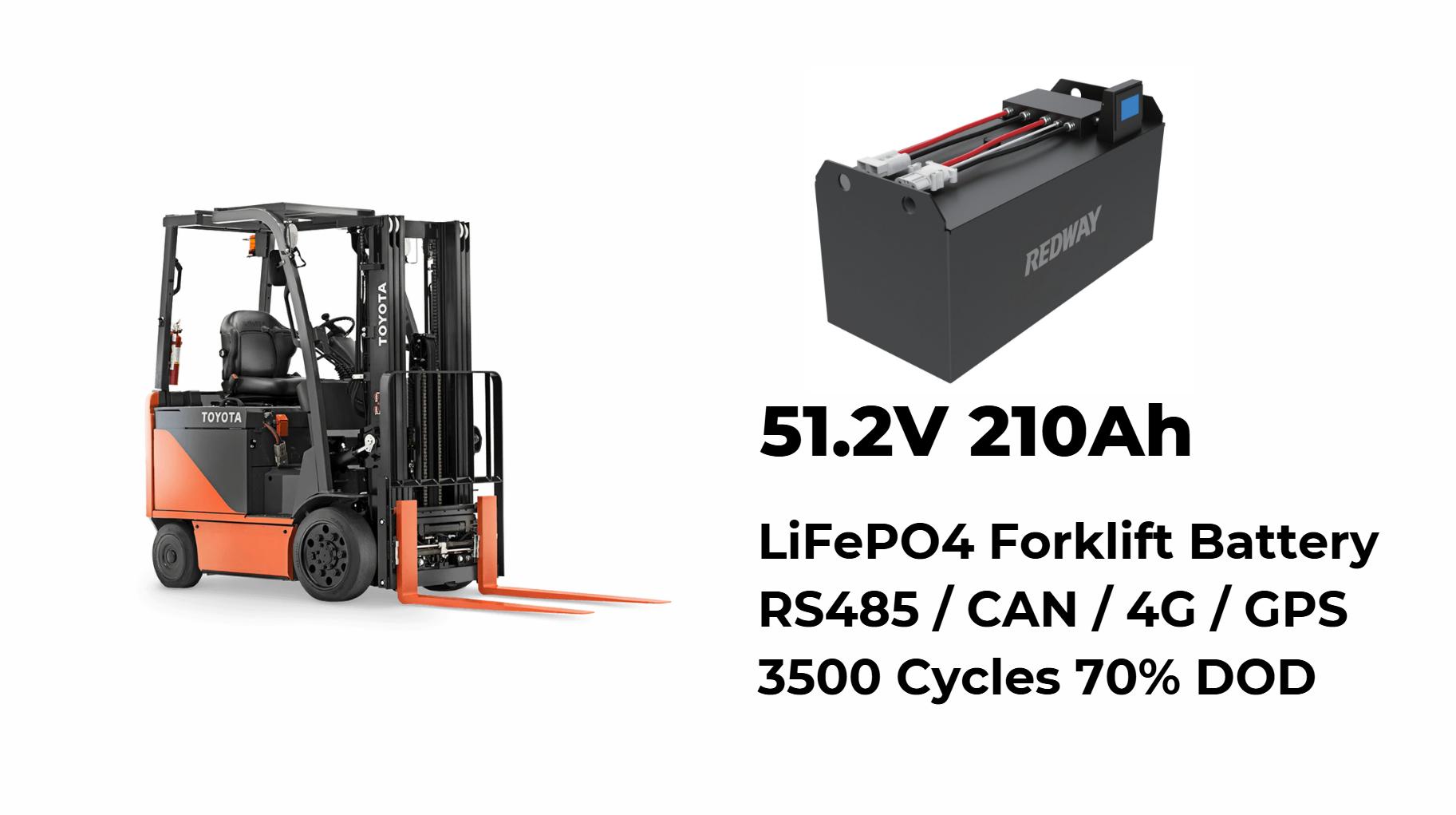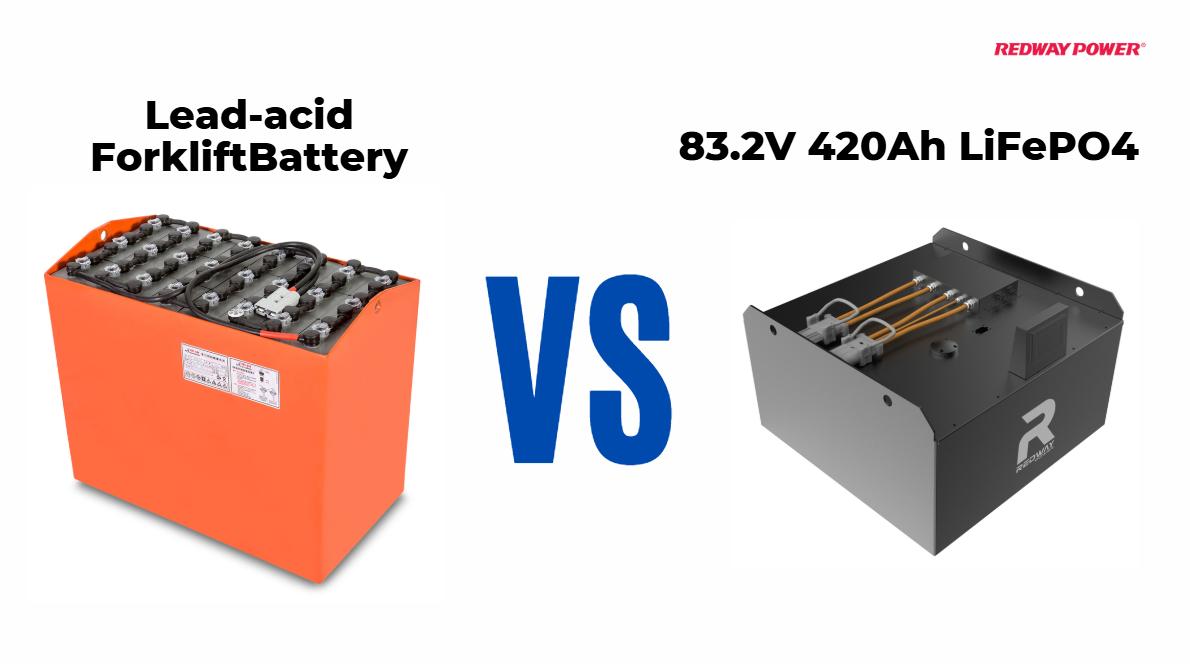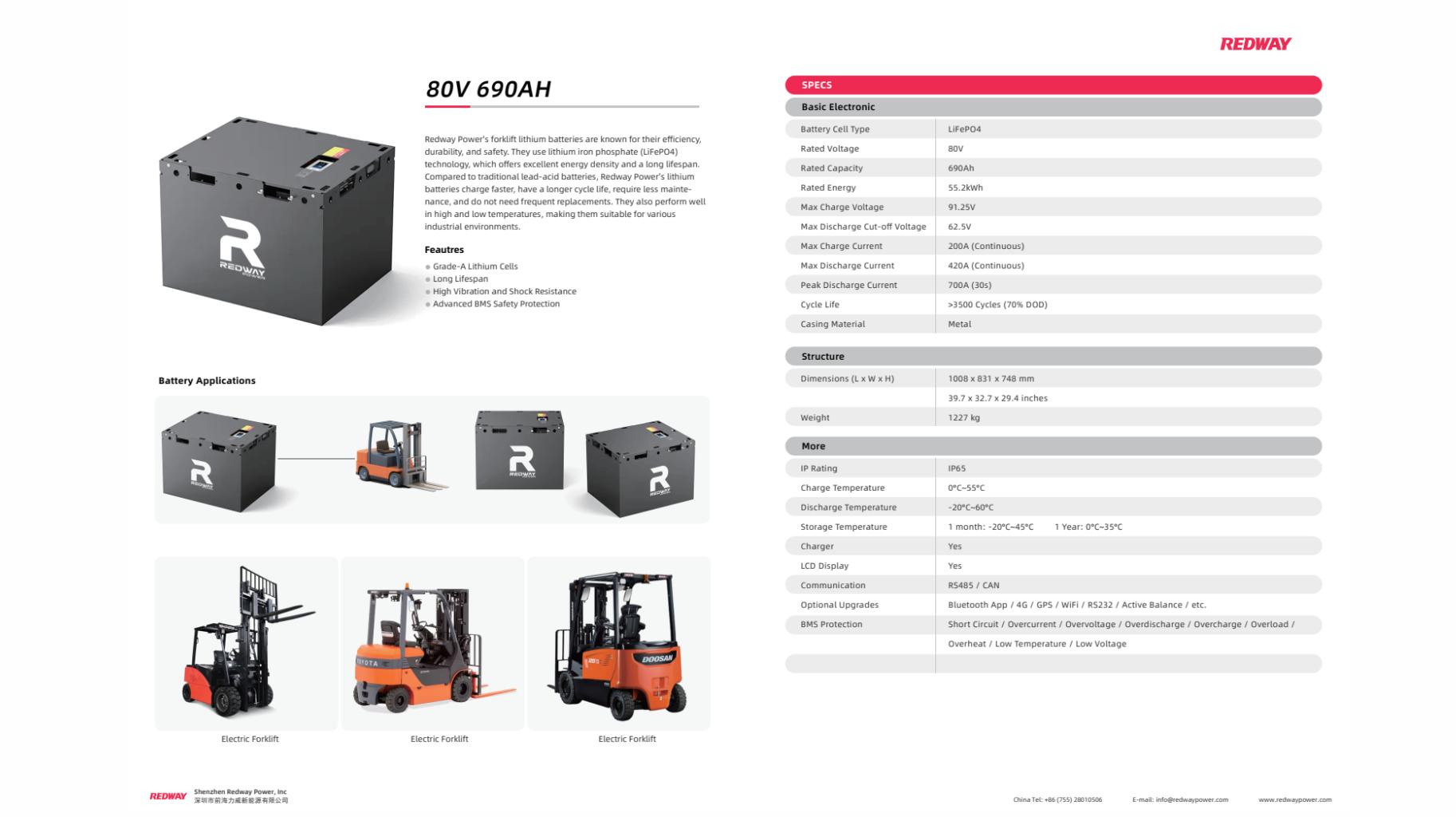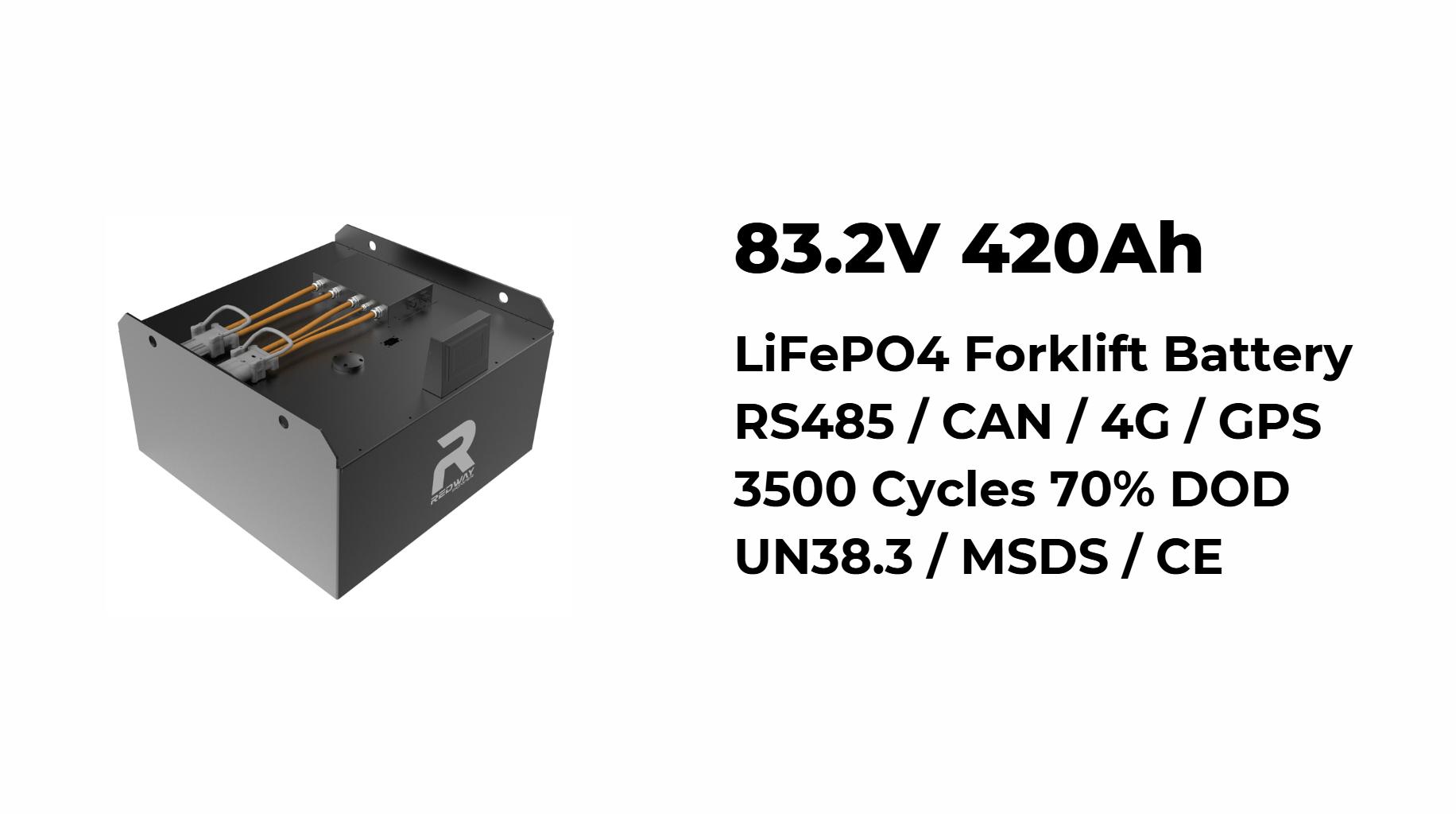How Can Businesses Optimize Their Use of Electric Forklifts Across Industries?
Electric forklifts are increasingly becoming essential tools across various industries due to their efficiency and environmental benefits. Understanding best practices, applications, and maintenance can help businesses maximize their effectiveness.
What Are Electric Forklifts and Their Benefits?
Electric forklifts are powered by electric motors rather than internal combustion engines, making them ideal for indoor use due to their quiet operation and zero emissions.Benefits include:
- Reduced Operating Costs: Lower fuel costs compared to diesel or gas-powered forklifts.
- Environmental Impact: Minimal emissions contribute to a cleaner workplace.
- Lower Noise Levels: Ideal for use in noise-sensitive environments like warehouses.
Chart: Advantages of Electric vs Gas/Diesel Forklifts
| Feature | Electric Forklifts | Gas/Diesel Forklifts |
|---|---|---|
| Emissions | Zero | High |
| Noise Level | Low | High |
| Fuel Cost | Low | Higher |
| Maintenance Requirements | Lower | Higher |
What Are Best Practices for Safe Operation of Electric Forklifts?
To ensure safe operation:
- Training: Provide comprehensive training for all operators.
- Regular Inspections: Conduct daily checks on battery levels, brakes, and tires.
- Clear Pathways: Maintain clear aisles free from obstructions.
- Proper Load Handling: Follow weight limits and ensure loads are balanced.
How Do Electric Forklifts Improve Efficiency in Warehousing?
Electric forklifts enhance efficiency by:
- Quick Loading/Unloading: Streamlining operations reduces turnaround times.
- Space Utilization: Capable of operating in tight spaces allows better use of warehouse layouts.
- Reduced Downtime: Faster charging times lead to increased operational hours.
What Applications Do Forklifts Have in Manufacturing Environments?
In manufacturing settings, forklifts are used primarily for:
- Material Handling: Transporting raw materials between production lines.
- Loading/Unloading Trucks: Efficiently moving goods from shipping docks.
- Inventory Management: Stacking products safely within warehouses.
How Are Forklifts Used in Agriculture?
Forklifts play a crucial role in agriculture by:
- Transporting Heavy Loads: Moving bales of hay or pallets of feed across farms.
- Loading/Unloading Supplies: Essential during harvest seasons.
- Storage Solutions: Helping organize inventory efficiently within barns or silos.
What Specialized Equipment Is Needed on Construction Sites?
Construction sites often require specialized equipment such as:
- Heavy-Duty Forklifts: For lifting heavy materials like steel beams or concrete blocks.
- Telehandlers: Versatile machines that combine forklift capabilities with extended reach.
- Safety Gear: Helmets, harnesses, and reflective vests are essential for operator safety.
How Can Businesses Adapt to Industry Changes with the Right Equipment?
To adapt effectively:
- Assess Needs Regularly: Evaluate equipment based on changing operational demands.
- Invest in Training: Ensure staff are trained on new technologies or equipment types.
- Stay Updated on Regulations: Keep abreast of industry standards that may affect operations.
What Maintenance Practices Extend the Life of Electric Forklifts?
Regular maintenance can significantly extend forklift lifespan:
- Battery Care: Regularly check battery health and charge cycles.
- Routine Inspections: Schedule periodic inspections to identify wear or damage early.
- Cleanliness: Keep forklifts clean from debris that could impact performance.
How Can Technology Enhance Forklift Operations?
Technology can improve operations through:
- Telematics Systems: Monitor performance metrics remotely to optimize usage.
- Automated Systems: Implementing automation can reduce manual handling risks.
- Enhanced Safety Features: Technologies like proximity sensors can prevent accidents.
What Are the Environmental Benefits of Using Electric Forklifts?
Using electric forklifts contributes positively to environmental sustainability by:
- Reducing Carbon Footprint: Zero emissions help decrease overall pollution levels.
- Lower Noise Pollution: Quieter operations benefit both workers and surrounding communities.
- Energy Efficiency: More efficient energy usage leads to lower overall resource consumption.
Expert Views
“Electric forklifts represent a significant advancement in material handling technology,” says an expert from Redway. “Their efficiency not only enhances productivity but also aligns with sustainability goals that many industries are striving towards today.”
Conclusion
In conclusion, understanding best practices when using electric forklifts across various industries—including warehousing, manufacturing, agriculture, and construction—can lead to improved operational efficiency and safety standards while adapting effectively to industry changes is crucial for long-term success.
FAQ Section
- What industries commonly use electric forklifts?
Electric forklifts are widely used across warehousing, manufacturing, agriculture, logistics, and construction industries due to their efficiency and low emissions. - How can businesses ensure safe operation of electric forklifts?
Businesses should provide comprehensive training for operators, conduct regular inspections, maintain clear pathways, and follow proper load handling protocols. - What are some environmental benefits of using electric forklifts?
Electric forklifts produce zero emissions during operation, reduce noise pollution, and promote energy efficiency compared to traditional gas or diesel options.





